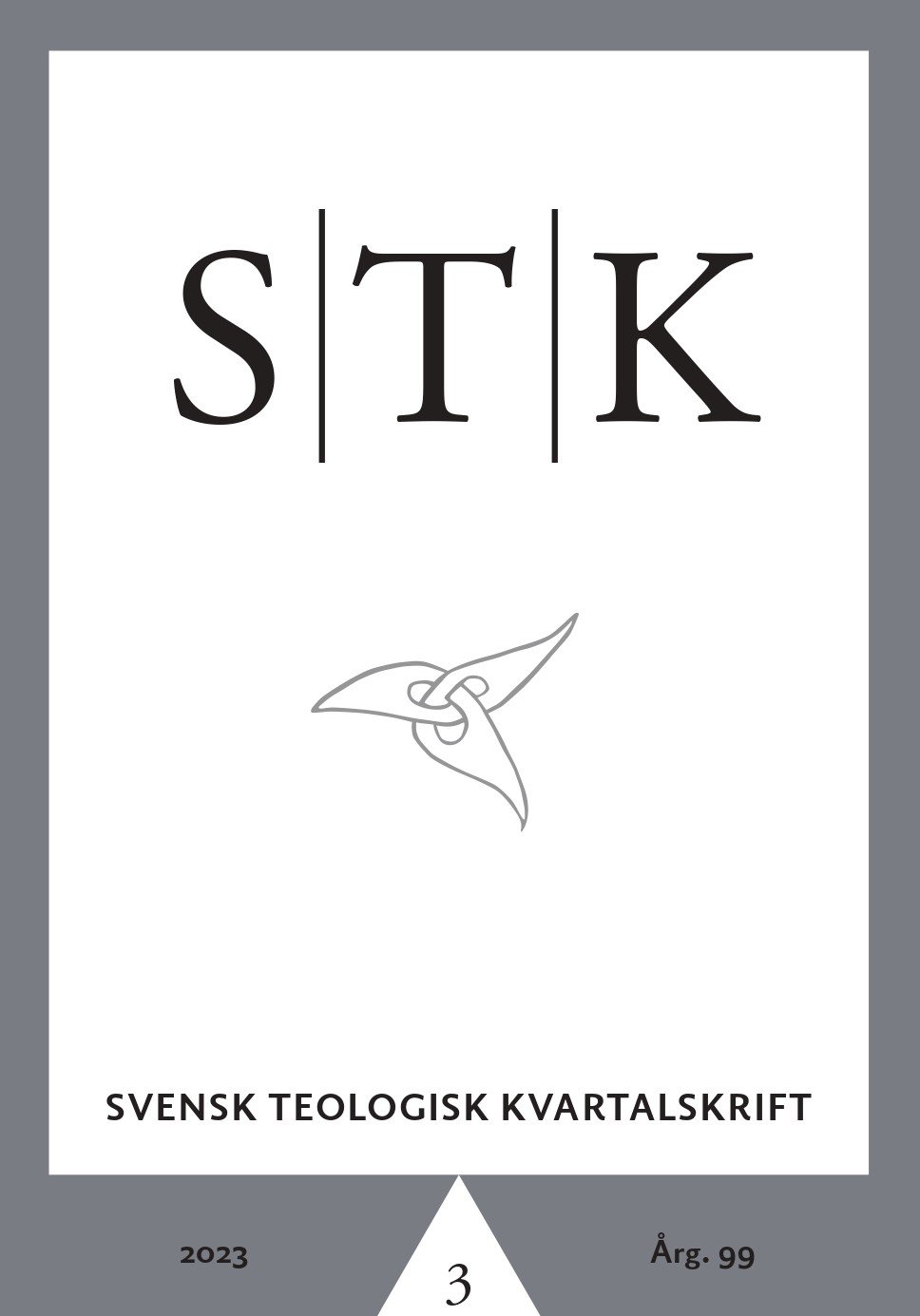Det heliga uppbrottet och den buffrade individen
Om olydiga helgon och den moderna individens uppkomst
DOI:
https://doi.org/10.51619/stk.v99i3.25384Abstract
This article surveys how "saints" breaking away from their biological families have impacted the view of the self in the West. By employing the historical narrative of philosopher Charles Taylor and the theory of late sociologist David Martin, the question is raised whether the tendency to relativize family has given rise to a new conception of the self as autonomous and buffered. Texts about Clare of Assisi, Dutch anabaptist martyr Elizabeth Dirks, and Swedish Free Baptist Helge Åkeson are used. The texts are understood as functionally hagiographical, and the "saints" represented overlap in time with key movements in the narrative of Taylor. The article suggests that the "saints" have impacted their social worlds in three ways: in their break with their biological families they have made rifts in a world where the personal and familial are in one piece with the political order. They can be said to have secularized the world by giving rise to a more buffered conception of the self. Lastly, however, by assuming some of the values of their times, they have preserved something of the social worlds they rebelled against – thus the communities in succession of the saints does not fit neatly in the impersonal order of modernity. The dialectics of the relation between the "saints" and their social worlds can be said to give contingent rise to a sort of communitarian liberalism, a perspective which can be used to critique, for example, Radical Orthodox nostalgia for a lost medieval Christendom.
Downloads
Publicerad
Nummer
Sektion
Licens
Copyright (c) 2023 Anton Johnsson

Detta verk är licensierat under en Creative Commons Erkännande-Ickekommersiell-IngaBearbetningar 4.0 Internationell-licens.


